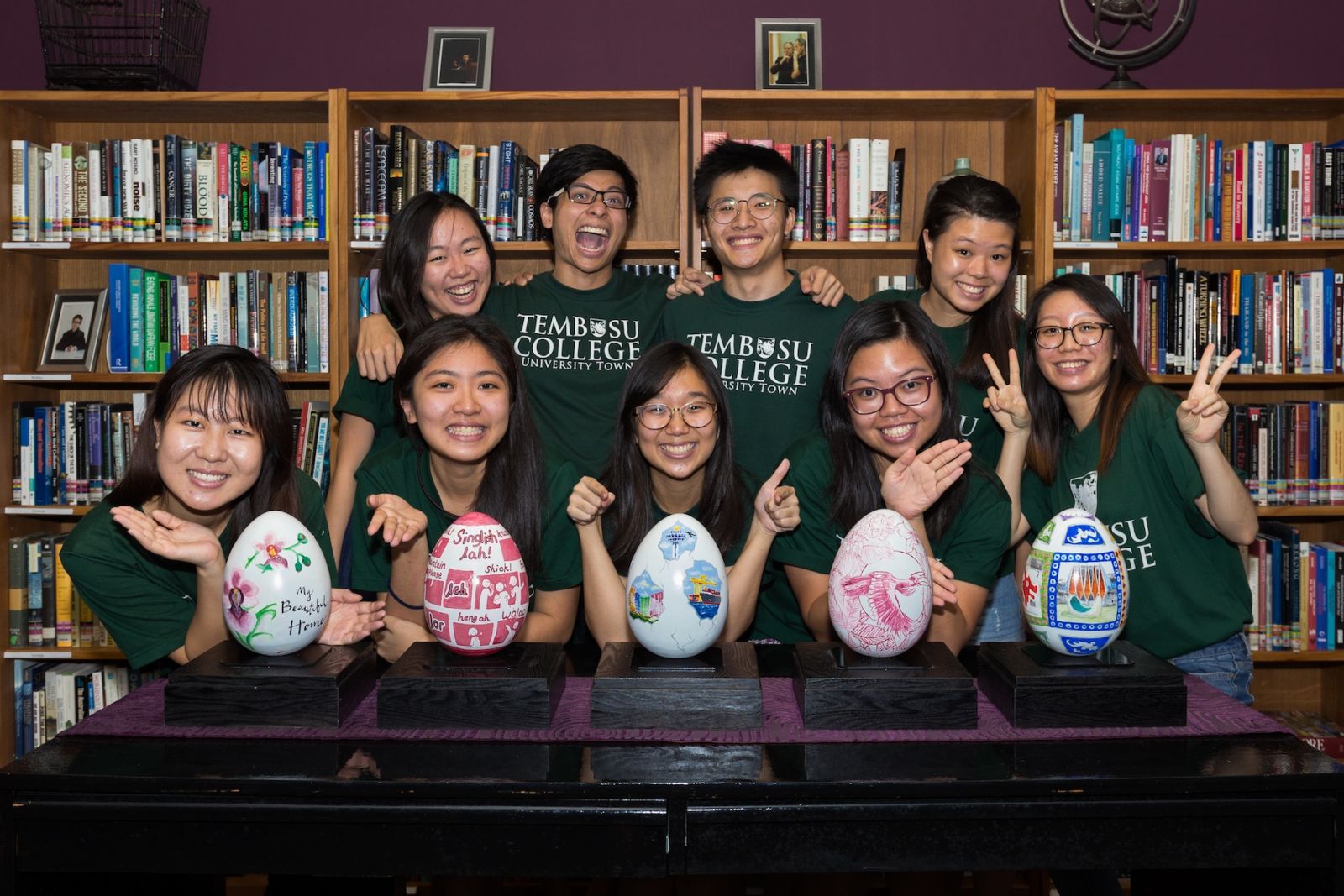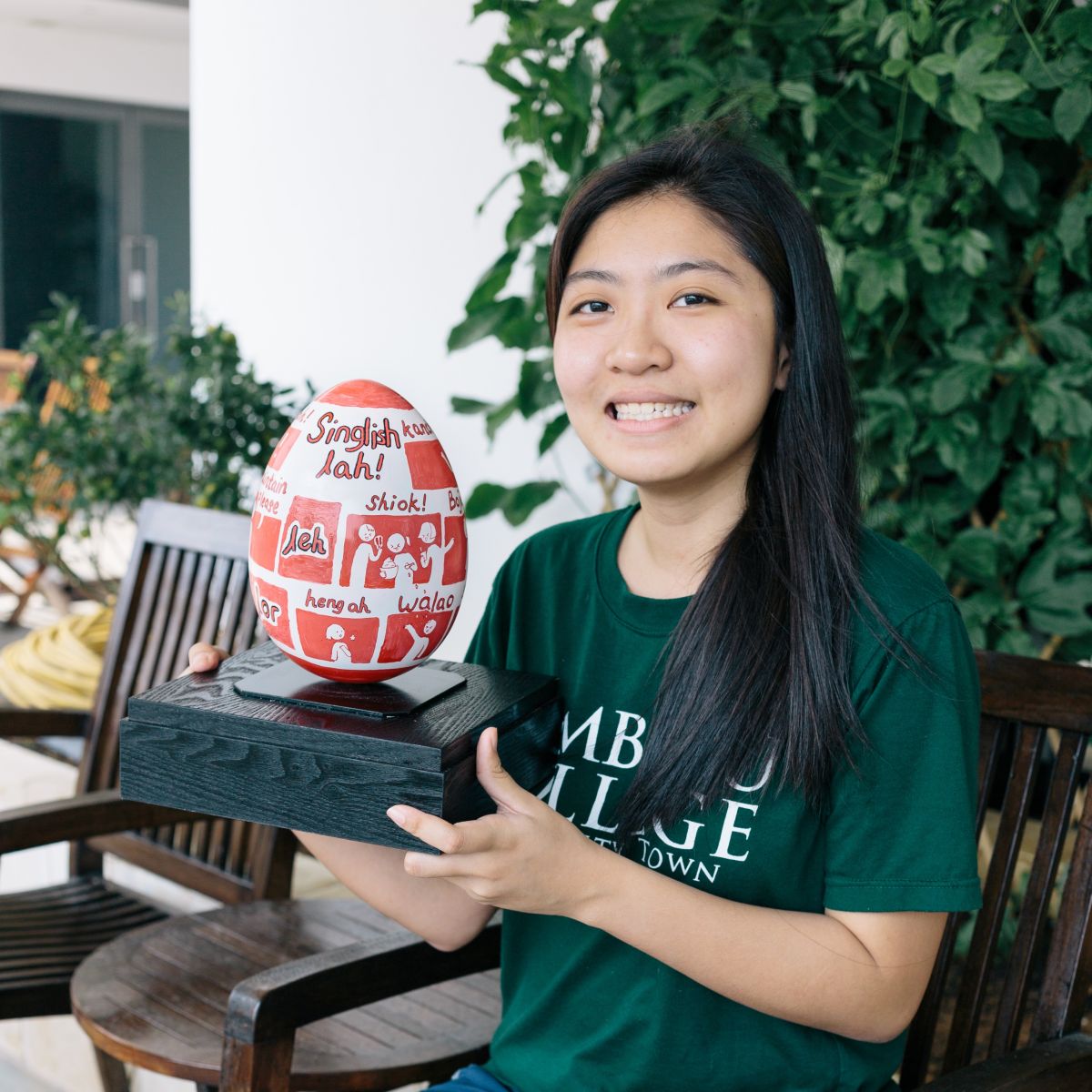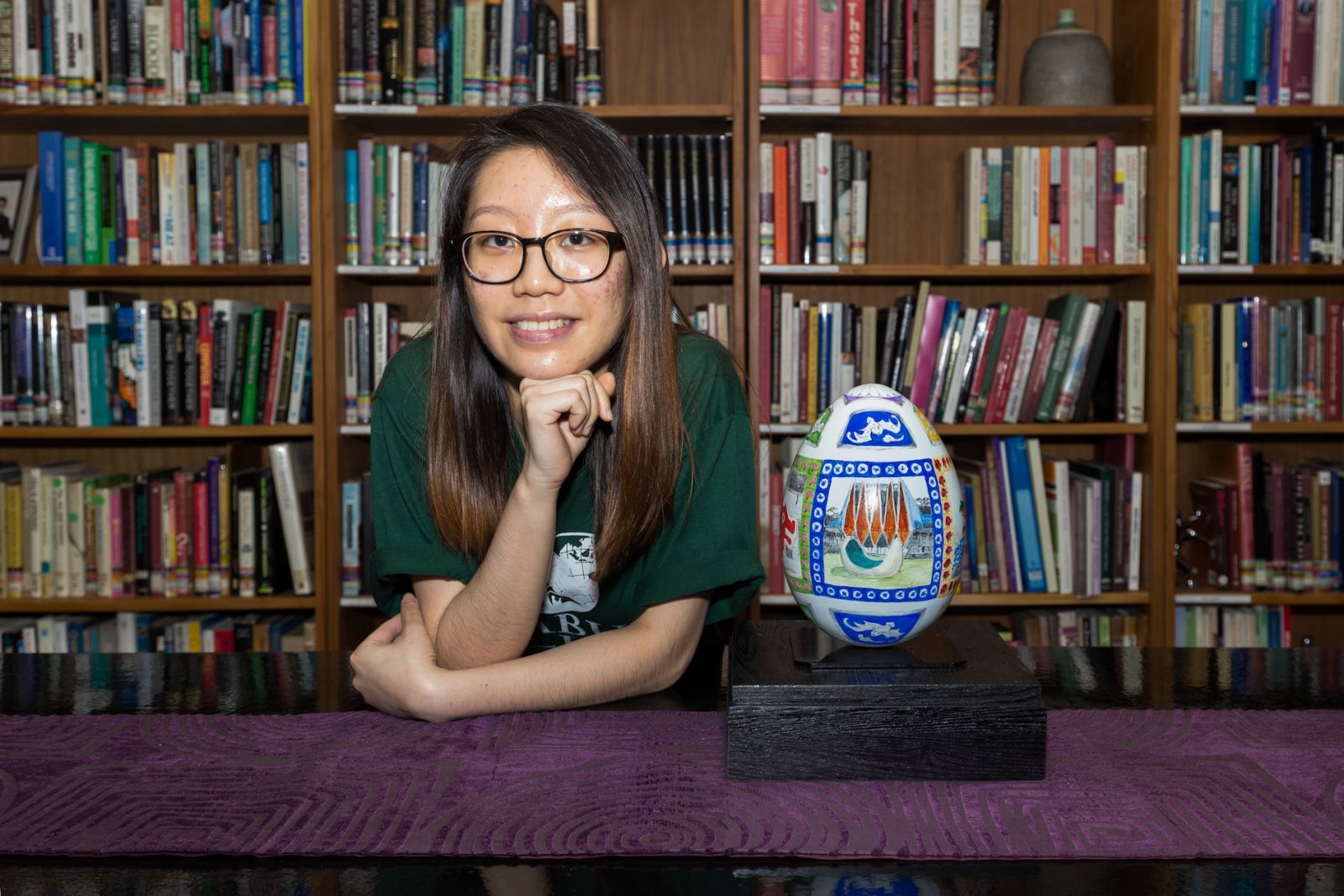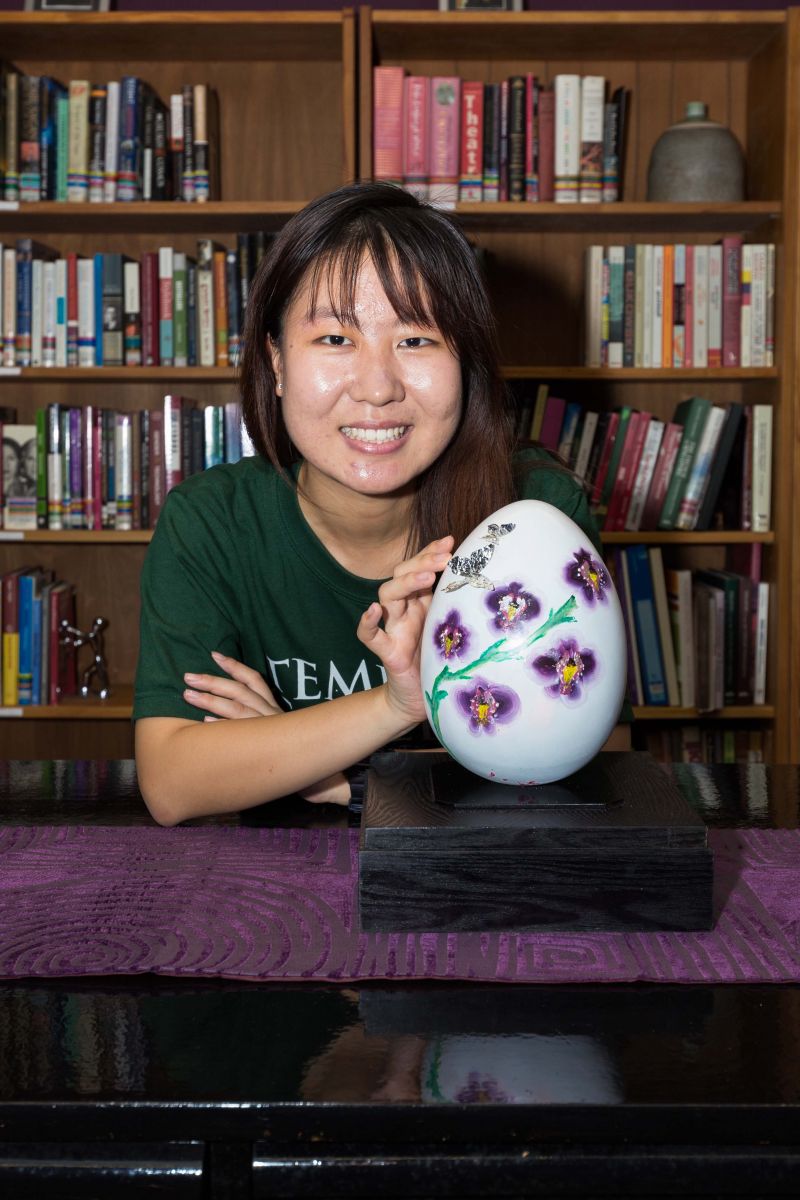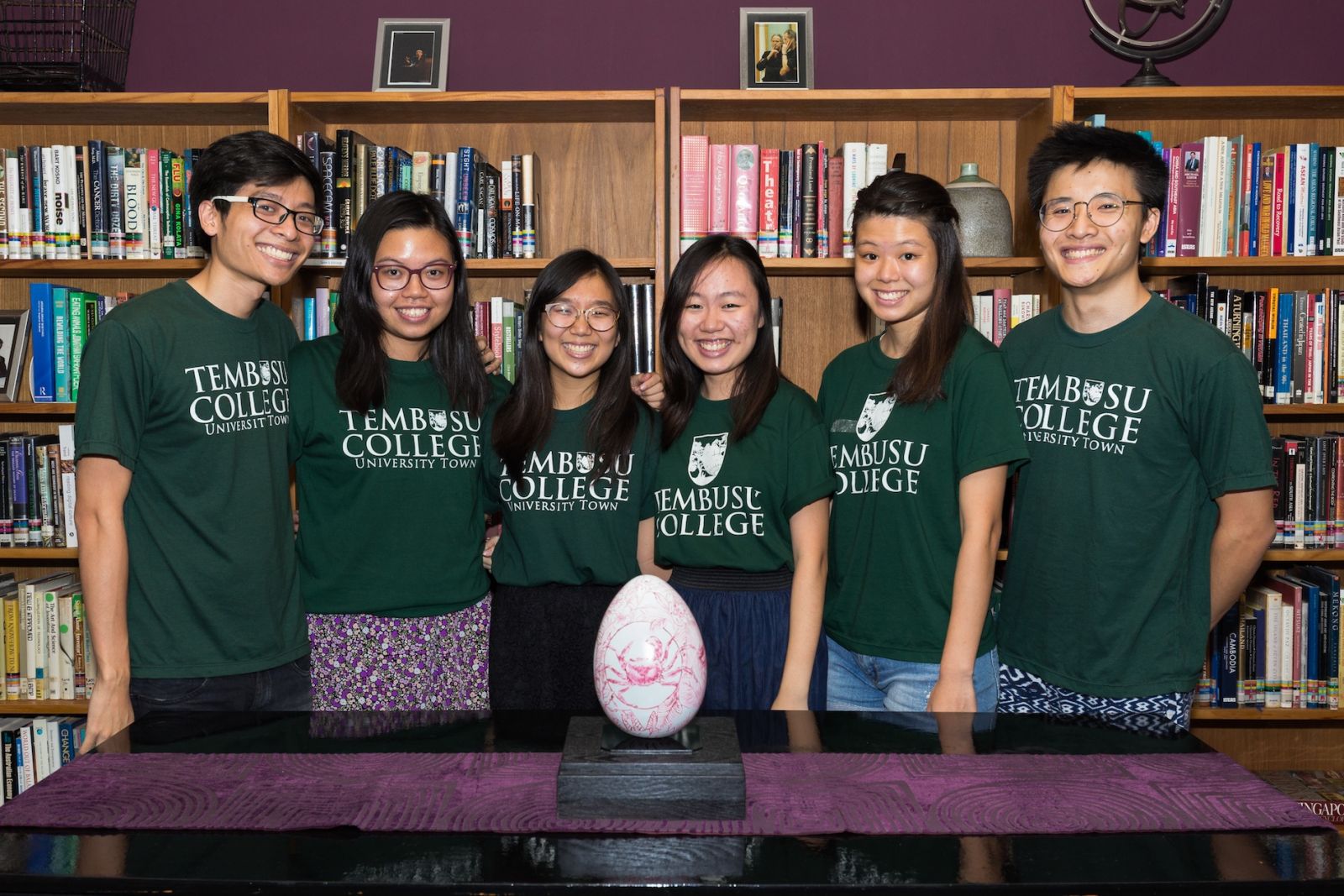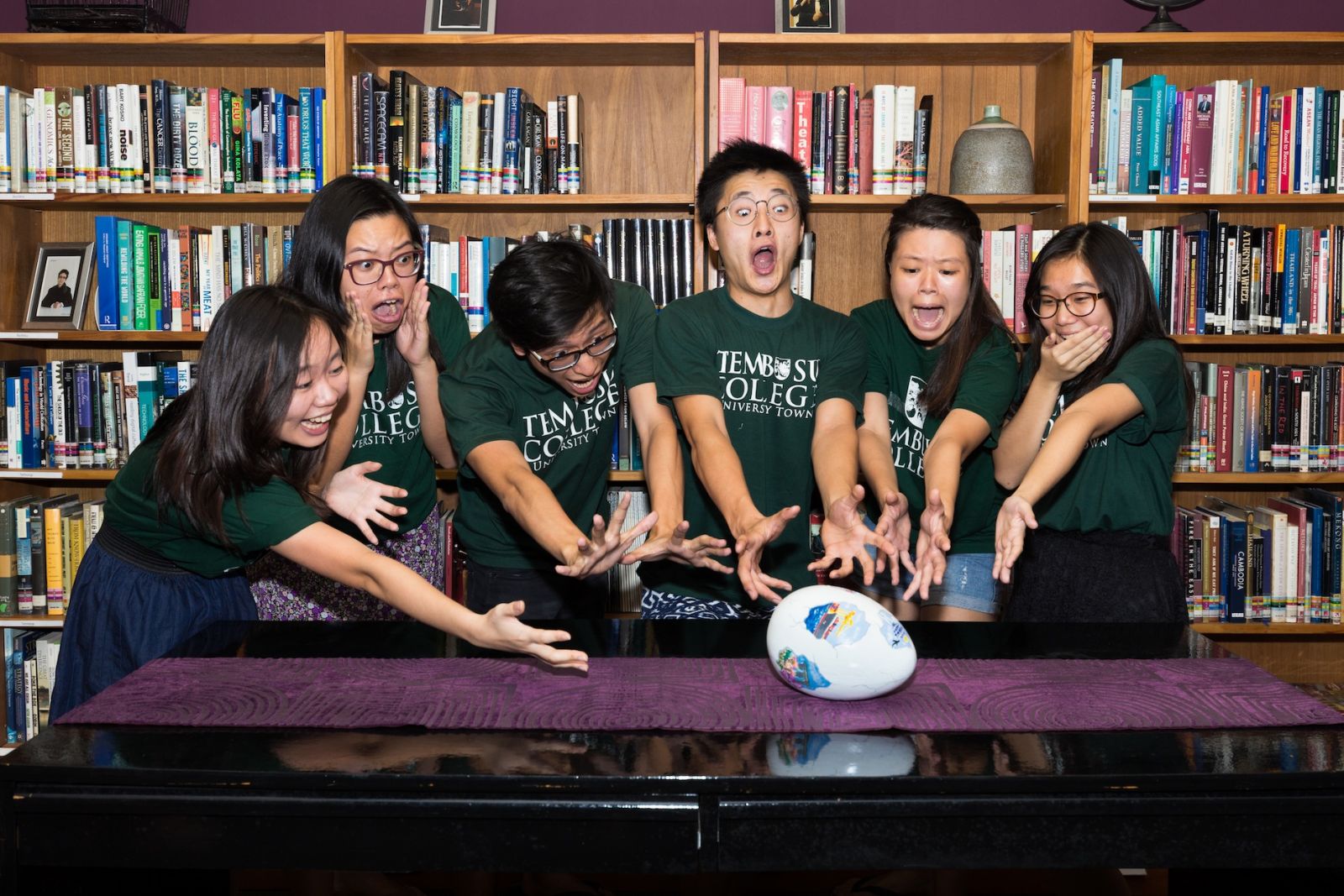CHINA has refused to participate in an arbitration launched by the Philippines regarding their disputes in the South China Sea. Japan has refused to acknowledge that it has a dispute with China regarding Senkaku/Diaoyu. The Republic of Korea (South Korea) has rejected Japan’s offer to refer their dispute over Dokdo/Takeshima to the International Court of Justice (ICJ) on the grounds that there is no dispute. These developments may give the impression that Asians are against submitting their disputes to the international legal process. Such an impression would be incorrect.
Situation in South-east Asia
THE countries in South-east Asia have a positive track record of referring their disputes to the international legal process. Let me briefly discuss some of the most important cases.
The Preah Vihear case
The first case submitted by two South-east Asian countries to the ICJ was the dispute over the temple, Preah Vihear, between Cambodia and Thailand. Cambodia brought the case to the court in 1959 and, in 1962, ICJ awarded sovereignty over the temple to Cambodia.
However, the court was not asked and therefore did not demarcate the boundary between the two countries, around the temple or rule on the ownership of the land around the temple. This omission would lead to misunderstanding and border skirmishes between the two countries.
In 2011, Cambodia surprised everyone by applying to the ICJ and requesting the court to interpret its 1962 judgment. In particular, Cambodia requested the court to declare that it had sovereignty over the vicinity of the temple. The court agreed to accept the case and found that Cambodia had sovereignty over the whole promontory on which the temple is located. The judgment has been accepted by the two countries and peace has returned to the Cambodian/Thai border.
The Sipadan and Ligitan case
Indonesia and Malaysia had a sovereignty dispute over two islands, Sipadan and Ligitan.
The two governments agreed to refer the dispute to the ICJ in 1998. In its 2002 judgment, the court awarded sovereignty over the two islands to Malaysia. Although Indonesia was very disappointed with the judgment, it has accepted it.
The Pedra Branca/Pulau Batu Puteh case
In 1847, the British government in Singapore took possession of the island known as Pedra Branca, in Portuguese, and Pulau Batu Puteh, in Malay. The British built a lighthouse on the island in 1850 and it was inaugurated in 1851.
From that time until 1979, no one had disputed Singapore’s (as a successor to British) sovereignty over the island. However, in 1979, Malaysia published a new map which, among other things, claimed the island as Malaysian territory.
Although Singapore was in possession of the island, it was willing to acknowledge that there was a dispute and suggested referring it to the ICJ.
In 2003, the two governments submitted the case to the court. In its 2008 judgment, the ICJ awarded sovereignty over Pedra Branca/Pulau Batu Puteh to Singapore, sovereignty over Middle Rocks to Malaysia and the low-tide elevation, South Ledge, to the state in whose territorial sea it is located.
The Myanmar-Bangladesh case
Another Asean country, Myanmar, had a dispute with its neighbour, Bangladesh, on their maritime boundaries.
When years of negotiations proved unsuccessful, the two governments agreed in 2009 to refer their dispute to the International Tribunal for the Law of the Sea (ITLOS). The parties requested the tribunal to draw their maritime boundaries, with respect to the territorial sea, exclusive economic zone and continental shelf. In 2012, ITLOS delivered its judgment which was accepted by both parties.
Situation in South Asia
THE positive attitude of the Asean countries is shared by the countries of South Asia. Let me cite a few examples.
Bangladesh has settled its maritime- boundary dispute with Myanmar through ITLOS. In 2009, Bangladesh initiated arbitral proceedings against India, in accordance with the United Nations Convention on the Law of the Sea, concerning their disputed maritime boundary. India agreed to participate in the arbitration. Last year, the Arbitral Tribunal issued its award which has been accepted by both parties.
Relations between India and Pakistan have been difficult since the painful partition of British India in 1947 into the two countries.
One of the difficult bilateral issues is how the waters of the Indus River would be shared between them.
Due to the facilitation of the World Bank, the first prime minister of India, Mr Pandit Nehru, and General Ayub Khan, the then President of Pakistan, signed a treaty on the Indus River. In the event of a dispute which cannot be settled by negotiation, they agreed to refer the dispute to international arbitration.
In 2010, Pakistan invoked the treaty and referred a dispute with India, over the building of dams by India, to arbitration. In 2013, the Arbitral Tribunal ruled that India has the right to divert the waters of Kishenganga River, subject to a minimum flow which India must release into the river. Alternative ways to settle disputes THE above survey shows that Asians in South-east Asia and South Asia have referred some of their disputes to arbitration or adjudication. Five Asian countries, namely, Cambodia, India, Japan, the Philippines and Timor Leste, have accepted the compulsory jurisdiction of ICJ. Almost all Asian countries are parties to UNCLOS.
Some Asians, especially in North-east Asia, are however reluctant to submit their sovereignty disputes over territory to either arbitration or adjudication. They do not like the fact that the legal process is adversarial and the outcome is a zero-sum game.
I would therefore like to suggest the following alternative methods of dispute settlement: fact-finding, mediation, conciliation and joint development.
Fact-finding
In some cases, a dispute between two states is primarily about the facts and not about the law. The Land Reclamation case between Malaysia and Singapore is such an example.
In that case, Malaysia alleged that Singapore’s land reclamation activities in the Strait of Johor had intruded into Malaysian territory, caused damage to the marine environment and adversely affected the livelihood of Malaysian fishermen.
After launching arbitral proceedings against Singapore, Malaysia applied to ITLOS for provisional measures against Singapore. In its 2003 judgment, ITLOS rejected Malaysia’s request for provisional measures. Instead, the tribunal ordered the two governments to establish an independent group of four experts to verify the facts.
After a year-long study, the four experts submitted an unanimous report largely exonerating Singapore. The report was accepted by both governments. The two sides were able to negotiate an amicable settlement based on those findings of fact.
Mediation
Mediation is consensual in nature and it results in a win-win outcome.
An example of a successful mediation is the settlement of the protracted dispute between the government of Indonesia and the Free Aceh Movement.
Following the devastating Indian Ocean tsunami of 2004, the two sides approached the former president of Finland, Mr Martti Ahtisaari, to mediate in their dispute. In a Nobel Prize-winning performance, Mr Ahtisaari succeeded in brokering a peace agreement in 2005.
Conciliation
Conciliation is also consensual and yields a win-win outcome.
Three of my good friends, Mr Hans Andersen of Iceland, Mr Jens Evensen of Norway and Mr Elliot Richardson of the United States, were members of a conciliation commission established by Iceland and Norway to settle a dispute over their continental shelves.
Mr Richardson was appointed by Iceland and Norway as the impartial chairman. The commission was able to make a proposal acceptable to both parties.
Joint development
Many years ago, Chinese leader Deng Xiaoping proposed that countries should put aside competing legal claims and concentrate instead on jointly developing the resources in the disputed territory and sharing them.
The fact that joint development can work is demonstrated by an agreement between Malaysia and Thailand to jointly develop the gas resources in the disputed area of their continental shelves in the Gulf of Thailand and sharing the benefits. The joint development between the two countries started in 1979 and has been a great success.
The Asian way
IN CONCLUSION, I wish to make three points.
First, Asians want their region to be peaceful, stable and prosperous. They want the rule of law to be strong and for all disputes between states to be settled peacefully, in accordance with the law and not on the basis that might is right.
Second, with the exception of China, Asians do not have a negative attitude towards settling their disputes by arbitration or adjudication. China should therefore reconsider its position in order to conform to the best Asian and international practice.
Third, in addition to arbitration and adjudication, we should also consider several consensual, win-win, methods of dispute settlement, such as fact-finding, mediation, conciliation and joint development.



